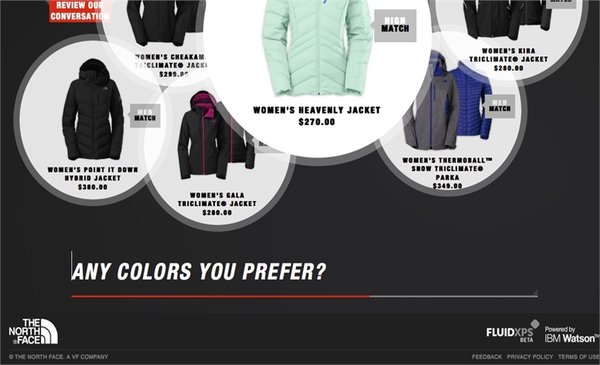For over a decade now, UPS delivery trucks in the USA have avoided making left turns. Analysis of tracking system data found that eliminating left turns – which often left the vehicle idling at an intersection for significant periods of time – would save time and gasoline. This is exactly the sort of insight that allows a company to change things for the better, but it can be really tough to find no matter how much data is available to you.
The initial UPS analysis was conducted back in 2001 well before the hype about big data, but it does indicate the sort of benefits that might be derived from analyzing the masses of data now available to us in business and marketing. Since 2004, UPS claims the no left turn policy has saved over 10 million gallons of gas and reduced carbon emissions by more than 100,000 metric tons.
Would the tracking data used in the analysis qualify as big data today? That all depends on which definition is used. If all UPS vehicles were included in the analysis – about 90,000 at the time – then it would be big data according to Professor Viktor Mayer-Schönberger. An article in the Financial Times reports that his favored definition of a big data set is one where “N = All,” in other words, you do not need to worry about sample bias because everyone or everything is included in your data set.
That, of course, is still one of the biggest issues facing the use of big data today. Rarely does “N=All.” In his article, “Big data: are we making a big mistake?” Tim Harford seeks to highlight why big data might lead us astray, citing the examples of sample bias and also hidden causation as reasons why big data might cause us to make big mistakes.
Harford is unlikely to be a popular viewpoint, because, as he notes in the article, who worries about sample bias or causation when there is money to be made? However, as far as I am concerned, he hits the nail on the head with the following comments:
“New, large, cheap data sets and powerful analytical tools will pay dividends – nobody doubts that. And there are a few cases in which analysis of very large data sets has worked miracles… But big data do not solve the problem that has obsessed statisticians and scientists for centuries: the problem of insight, of inferring what is going on, and figuring out how we might intervene to change a system for the better.”
All data – big or small – is subject to one overriding and inescapable source of bias: the beliefs and expectations of the analyst. And even if we manage to suspend our preconceptions and understand the full implications of our analysis the biggest question of all remains, “And what should we do as a result of our findings? How do we change things for the better?”
So what do you think? Under what circumstances can we safely ignore sample bias and causation? Please share your thoughts.
The Blake Project Can Help: The Brand Positioning Workshop
Branding Strategy Insider is a service of The Blake Project: A strategic brand consultancy specializing in Brand Research, Brand Strategy, Brand Licensing and Brand Education





3 comments
Jay Ehret
May 6, 2014 at 9:49 am
The answer, Nigel, is you can never ignore sample bias and causation, unless you just don’t care. But I think the biggest pitfall of big data is using past date to predict the future.
Sandra Pickering
May 11, 2014 at 6:11 am
In principle I agree with your points, Nigel, and I thought Tim Harfords’ piece was excellent.
However, from time to time, I also see organizations asking about ‘statistical significance’ of data about their own business – e.g., from employee engagement surveys.
Very few leaders are brave enough to look at the data as not a sample but a measure of the whole population of interest (all employees).
The question of, e.g., ‘is our employee engagement okay?’ is not one of statistical significance but business significance.
Of course, it is often interesting to make normative comparisons but, by definition, those comparisons are of different populations.
Maciej
May 12, 2014 at 8:14 am
I agree! Big data can help you make better marketing and business decisions because of analyzing customers patterns and behavior but insights give you windows of opportunity unseen in big data sets.
Comments are closed.